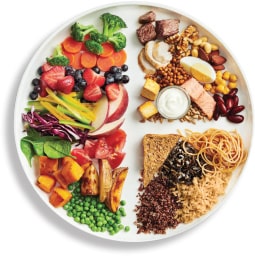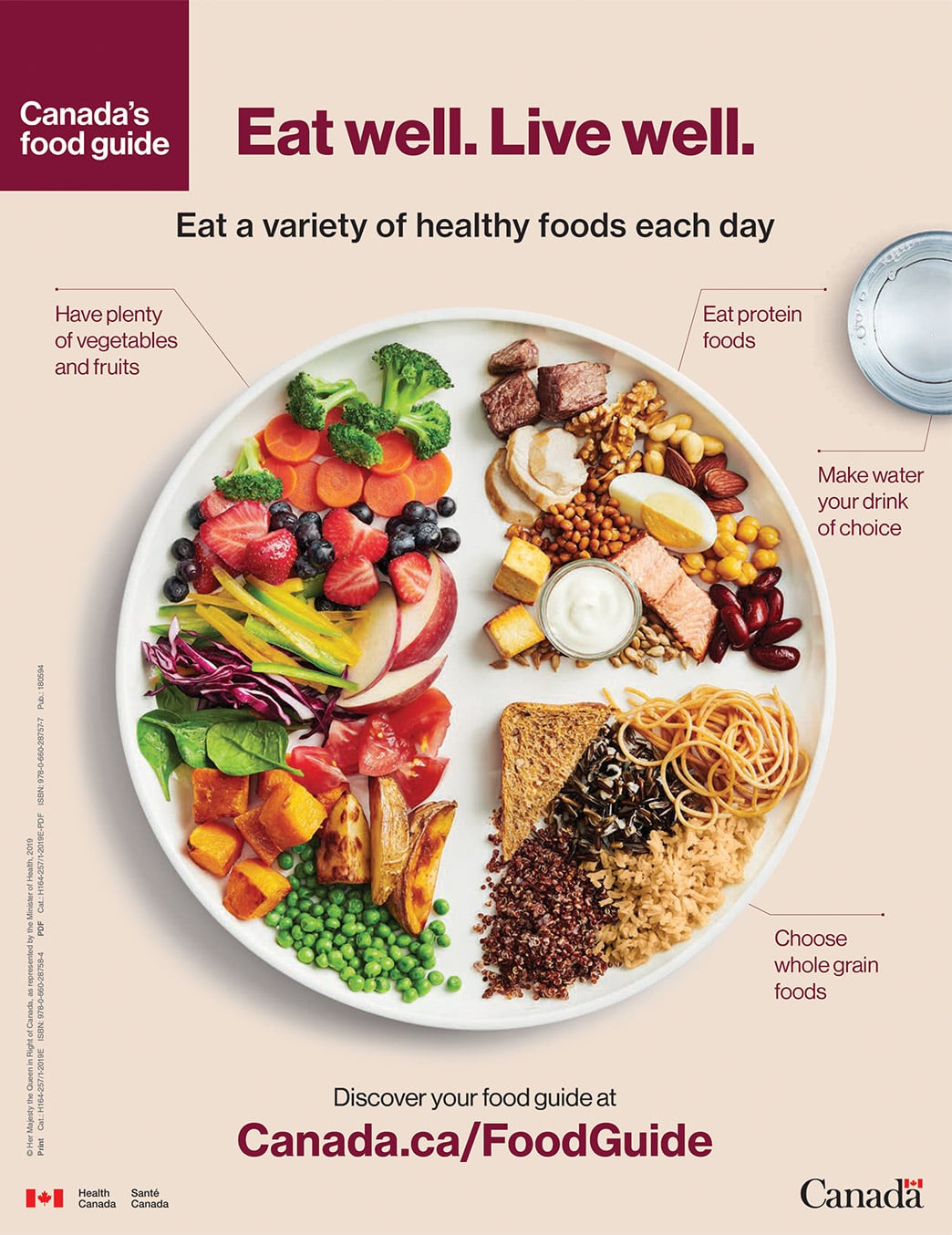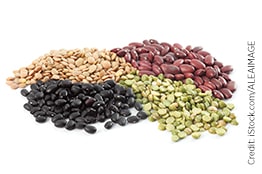5 Reasons to Love Canada’s New Food Guide
It has been almost a year now since Health Canada released its long anticipated revised food guide. Canada’s Food Guide has most certainly been the topic of much debate during my 20-plus years as a dietitian. Despite the mixed opinions, here are five key reasons why I find the new Food Guide to be the best and most practical version yet:
Easy to Use
 The new guide is refreshingly easy to use. The recommendations are not complicated and can be easily followed. The guide not only “prescribes” what to eat but teaches us that “how we eat” is fundamental to good health by encouraging mindfulness and connection as part of a more personalized and healthy eating experience. Healthy eating has always been more than just food.
The new guide is refreshingly easy to use. The recommendations are not complicated and can be easily followed. The guide not only “prescribes” what to eat but teaches us that “how we eat” is fundamental to good health by encouraging mindfulness and connection as part of a more personalized and healthy eating experience. Healthy eating has always been more than just food.
It provides a“Food Guide Snapshot” as the key tool to guide Canadian’s on making healthy choices. The photograph of real food examples on a plate is visually effective, and the message is simple – fill half of your plate with vegetables and fruits, one quarter with protein and the other quarter with whole grains for a healthy balanced meal “half-your-plate” concept has been used for many years by organizations including Diabetes Canada. The guide, for the first time, includes easy to prepare, tasty, practical recipes, easily accessed online and made mobile-friendly to encourage Canadian families to get back in the kitchen and prepare healthy meals.
Fewer Food Groups
Unlike the previous version, this guide recommends three food groups instead of four, clustering milk and alternatives and meat and alternatives into an all-encompassing protein group. Nutritionally this makes sense as milk and dairy products are great sources of protein.
Instead of single nutrients, specific portions sizes and number of servings, the guide now focuses on a healthy eating pattern and mindfulness. I can’t tell you how many times I heard my clients mention that the previous guide recommended unreasonable servings of grain products and vegetables. As well, there was confusion between Health Canada’s standardized serving sizes and what food manufacturers called a serving. This guide encourages you to notice when you are hungry and when you are full.
Plant Based Focus
Research has shown that diets high in red meat increase the risk of cardiovascular disease, type 2 diabetes and colorectal cancer. Alternatively, choosing protein foods that come from plants, have been associated with a lower risk of premature death from cardiovascular disease. This doesn’t mean we need to become vegetarian or vegan, as the critics may lead you to believe, but it does mean that we should include plant-based proteins such as beans, peas, lentils, nuts and seeds alongside lean meats, fish, eggs, poultry and dairy.
With a focus on sustainability and evidence-based nutrition, plant-based proteins are emphasized in the ‘protein’ section of the plate for good reason – they are a great source of protein and a rich source of fibre. This is also an excellent opportunity to promote these highly underrated yet versatile and affordable protein foods into our diet. As you know, Canada is one of the top producers of pulse crops which should be showcased and better incorporated into our diet.
The plant-based focus doesn’t mean we need to become vegetarian or vegan, as the critics may lead you to believe, but it does mean that we should include plant-based proteins such as beans, peas, lentils, nuts and seeds alongside lean meats, fish, eggs, poultry and dairy.
Healthy fats
The guide states that “the type of fat you eat is more important for health than the total amount of fat you eat”. This is a welcome addition to help Canadians recognize that reducing saturated fat intake (versus overall fat intake) is the key priority for lowering the risk of heart disease.
To make heart healthy choices, the guide asks us to choose foods that contain mostly unsaturated fats such as nuts, seeds, vegetable oils, fatty fish, avocado and soft margarines, instead of foods that are rich in saturated fat such as high fat dairy, fatty and processed meats, coconut milk and deep-fried foods.
When preparing food, the guide recommends using oils such as canola, olive, corn, flax, sunflower and soybean, and staying away from coconut oil, hard margarine, butter and lard.
Evidence-based
Health Canada used only the best available evidence to translate the science on food and health into the healthy eating guidelines. Only high-quality scientific reports on food and health from respected authorities, including systematic reviews on over 100 food related topics and 400 convincing conclusions, were used. In addition, Health Canada considered the results of two rounds of public consultation on the revision of the Food Guide, so despite what some critics report, the public was invited to provide input. It is for this reason that the new Food Guide has been lauded by many nutrition experts (including myself) for only using the latest unbiased nutrition research.
Why Does the Food Guide Matter?
The Food Guide describes a pattern of healthy eating for individuals and sets a standard for nutritional programs across the country, such as schools, hospitals, daycares and long-term care facilities. But the question remains: Does the Food Guide really make a difference to the eating habits of the average Canadian? For the average person that does want to learn how to eat better but not sure where or how to start, it does help and is appreciated for being easy to use, practical and based on the latest evidence.
It is my hope that for the many Canadians that struggle with poverty, food insecurity and nutrition literacy, that policy makers will use the guide to help reduce this burden. Every Canadian needs food literacy and basic cooking skills. If we all want Canadians live healthier lives, we all need to be on board by embracing the new Food Guide.





